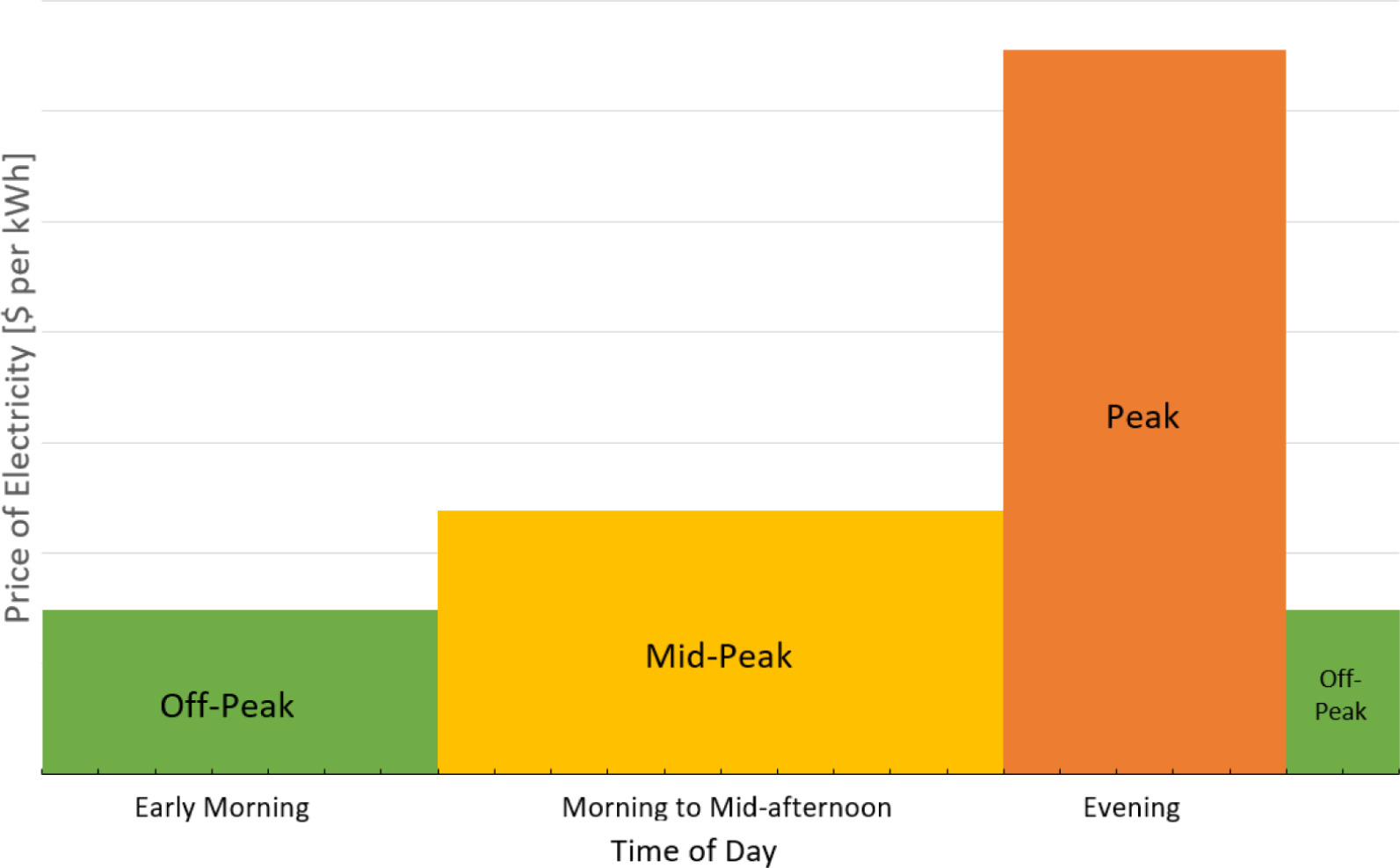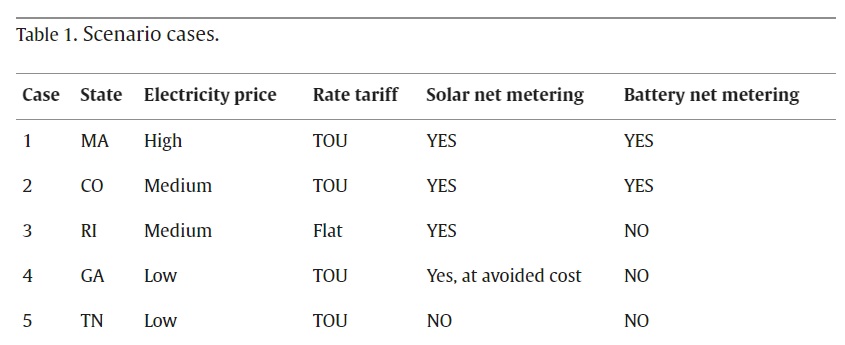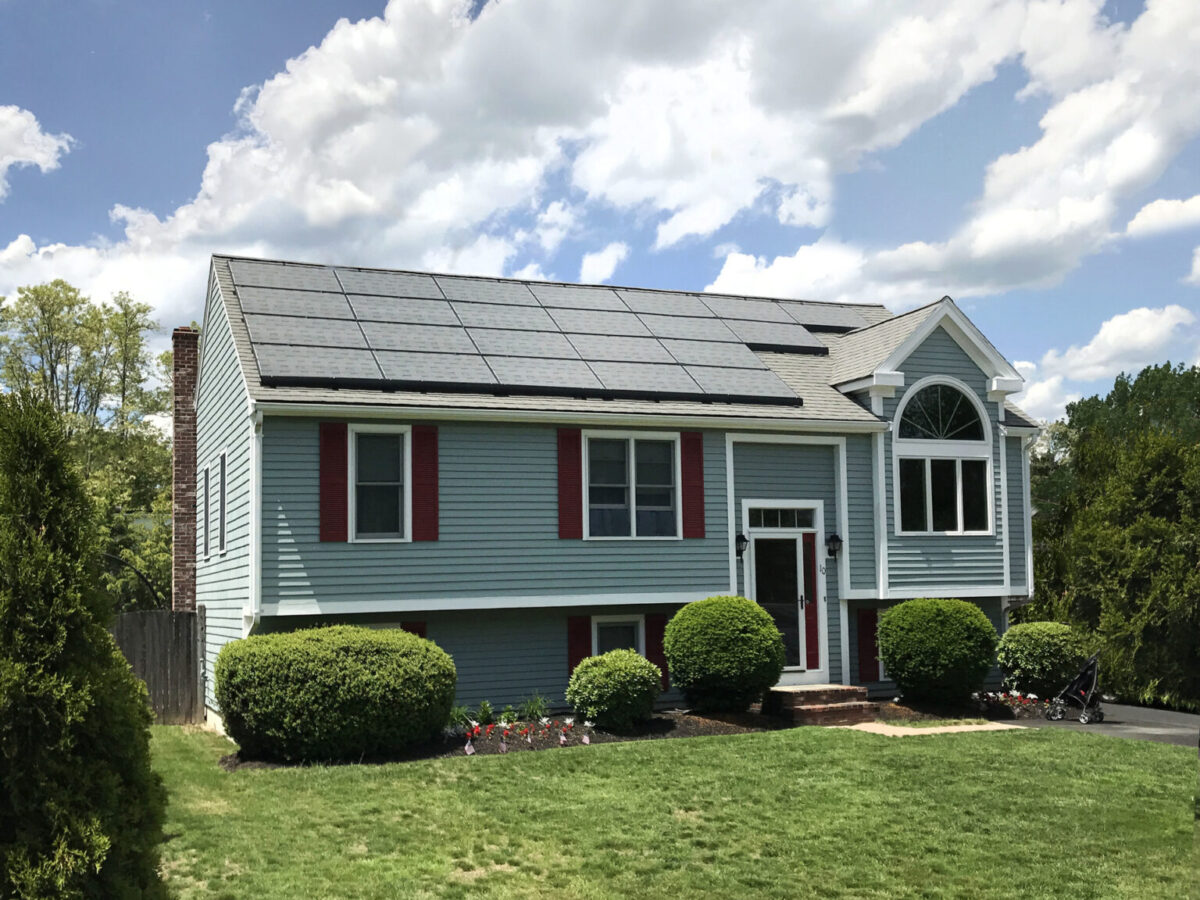Researchers at Pacific Northwest National Laboratory (PNNL) have published an open-access guide to rooftop solar and battery energy storage that covers costs, incentives and policies.
From pv magazine USA
As more and more US homeowners go solar, their neighbors are increasingly wondering how they can also get on board the clean energy train. To help people get started, researchers from the US Department of Energy’s PNNL have published an open-access guide to rooftop solar and battery energy storage systems (BESS) in Renewable Energy Focus.
The PNNL researchers analyzed utility rates, net-metering policies, installation costs, and financial incentives. The guide is aimed at consumers, but is also useful for those in the industry, as it provides facts and figures that can help to dispel misconceptions.
“We want to demystify this process of adding rooftop solar and battery energy storage,” said Jessica Kerby, an energy systems engineer at PNNL. “We want to empower people with the understanding of how this complicated system works.”
The guide explains how energy storage can be used to lower electricity costs for utility customers who are thinking of installing solar with battery backup systems. For example, it explains the time-of-use structure, under which utilities charge more for electricity during times of high demand and less when demand decreases. Battery systems can store the sun’s energy during the day, so that energy can come from the battery in the evenings, when electricity rates are highest.

Kerby said that the rates for the off-peak times are always lower than the utility’s flat rate, while the on-peak times will be higher, so “that’s a huge opportunity for solar and storage.”
Popular content
“Depending on what state you live in, selling excess electricity production back to the utility could help recover the cost of solar panels and energy storage systems over time,” Kerby said.
These policies are evolving, so it is important to review a state’s policy before making any decisions. The researchers chose five states – Massachusetts, Colorado, Rhode Island, Georgia and Tennessee – as case studies to show the results of net-metering policies, utility rate structures, and average utility prices.

The report authors said that the differences noted between the states highlights the importance of state support for solar, and in some cases, battery storage. They also noted price signals because the “benefits of residential renewable systems are best realized in states with net-metering policies facing the challenge of above-average electric utility rates.”
This content is protected by copyright and may not be reused. If you want to cooperate with us and would like to reuse some of our content, please contact: editors@pv-magazine.com.





